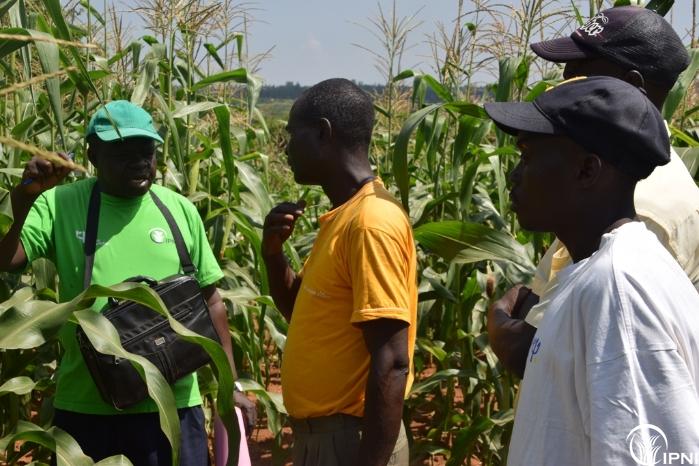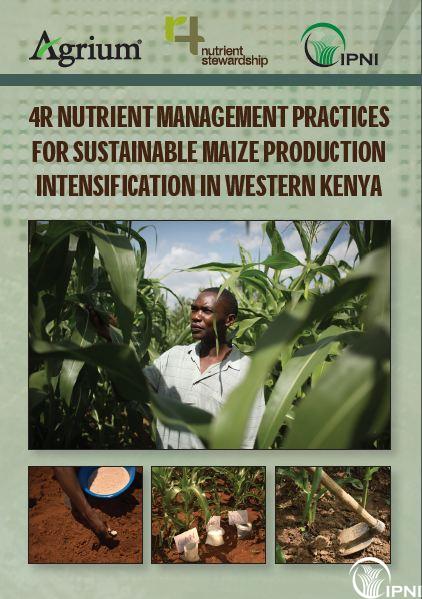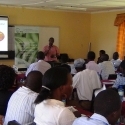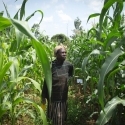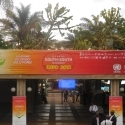27 Feb 2017
4Rs adoption increases yields and profits
Evidence from Western Kenya
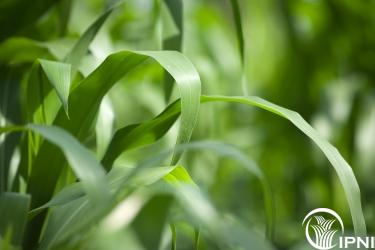
Low fertilizer use and poor agronomic practices are major factors underlying low crop productivity in sub-Saharan Africa (SSA). For example, in western Kenya, the average yield of maize the most important staple crop is only 2 tons per hectare despite a potential yield of up to 10 tons per hectare. Investments to intensify production often result in poor agronomic and economic returns to fertilizer use due to poor fertilizer management and inappropriate fertilizer recommendations. To assist farmers in the region sustainably intensify crop productivity in their farms, the IPNI SSA program has in the past four years implemented a project aimed at developing and disseminating 4R Nutrient Stewardship knowledge to support crop production intensification in western Kenya. The project has used on-farm demo sites, extension materials, field based trainings and workshops to disseminate knowledge on efficient nutrient management based on the 4R Nutrient Stewardship Framework. Findings from a monitoring and evaluation survey conducted at the end of the project indicate that farmers who adopted 4R practices were able to increase their yields by up to 2 tons per hectare, with an associated increase in fertilizer use efficiency and profits.
Additional Resources
4Rs adoption increases yield and profits in Western KenyaSize: 1.01 MB


